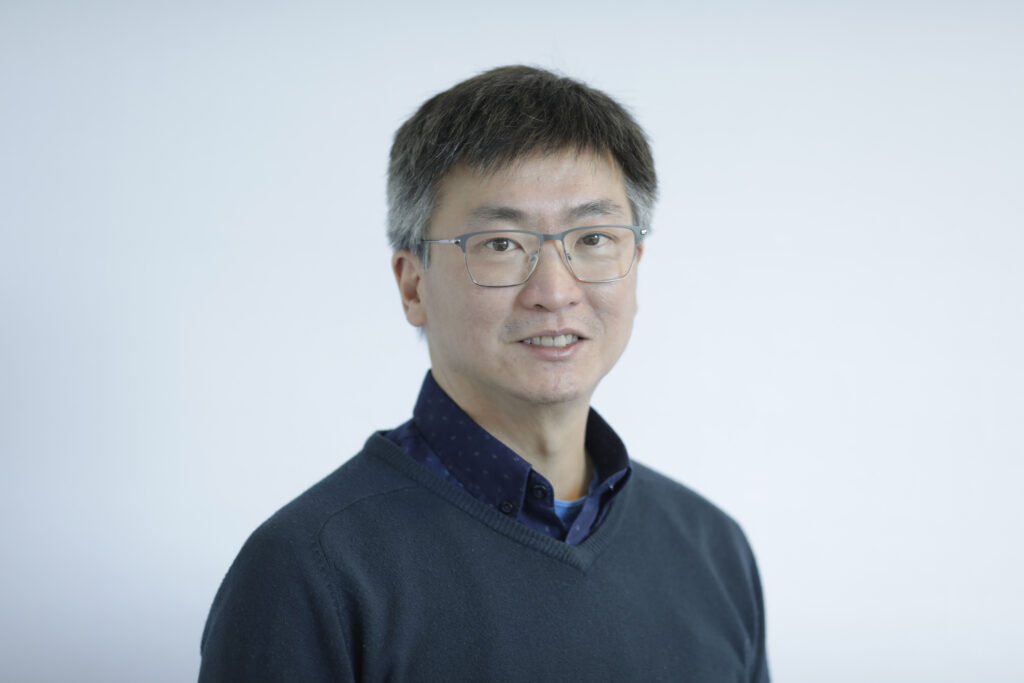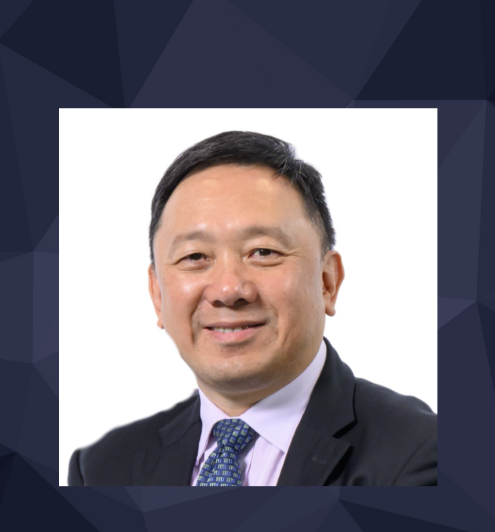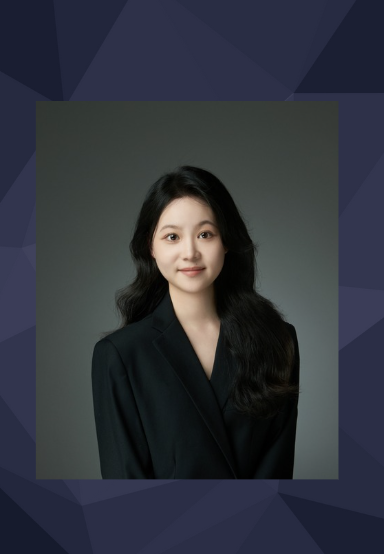HKAE TechTalk – AI and Health – Can we live longer with AI?
December 18, 2025 (Thursday) 4:00-5:00pm
Hong Kong is one of the places with the longest life expectancy in the world. Many attributes this to the success of the healthcare system. The public healthcare system offers high quality healthcare services to all residents, ensuring no one is deprived of adequate healthcare due to lack of means.
Hong Kong’s health system, however, faces huge challenges from the aging population and rapidly advancing medical technology. These two biggest challenges have become the major drivers of healthcare costs, leaving questions on sustainability and accessibility. We are seeing Artificial Intelligence (AI) disrupting many aspects of health and healthcare delivery. Will AI help to address these challenges? How can AI help?










